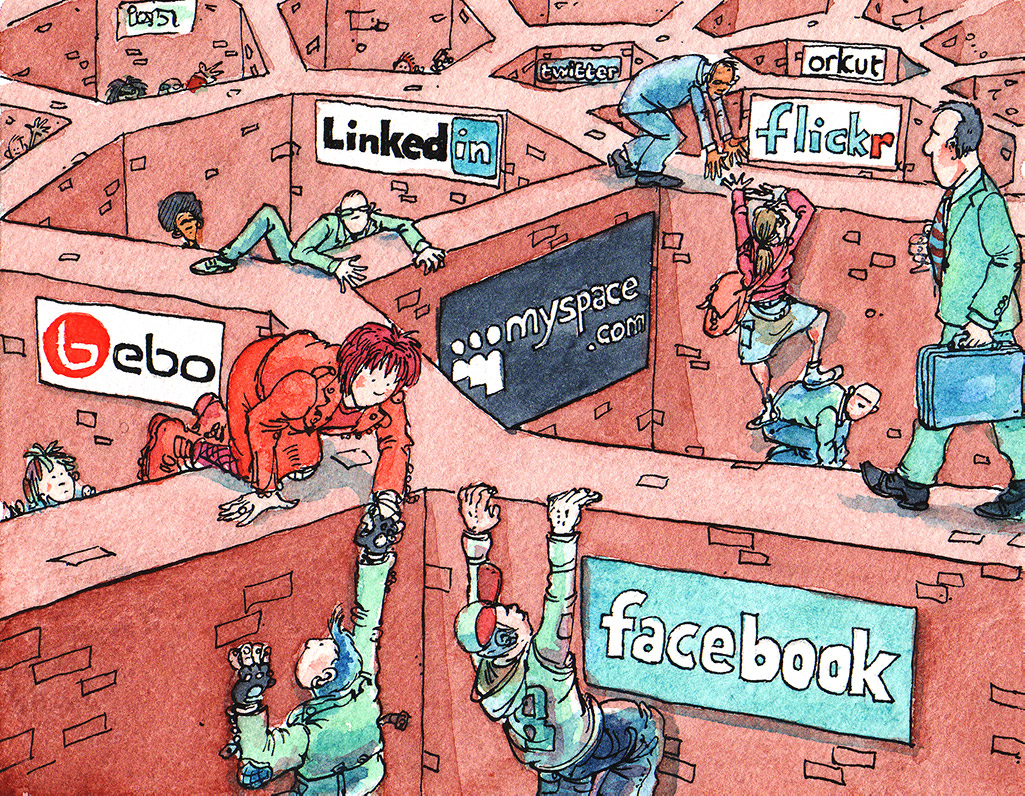Within the walled gardens of social media,
you have to move either data or people.

Ruben Verborgh, Ghent University – imec
Aalborg University, 20 November 2019
Ruben Verborgh
Ghent University – imec
For several years now,
we have known how to
do Big Data pretty well.
But we are vastly unprepared
for a future that consists of
a large number of small data sets.
Anyone can say anything about anything.
Sign in with Facebook to see this content.
Facebook works better with the native app.

{
"@context": "https://www.w3.org/ns/activitystreams",
"id": "#ruben-likes-aau",
"type": "Like",
"actor": "https://ruben.verborgh.org/profile/#me",
"object": "http://dbpedia.org/resource/Aalborg_University",
"published": "2019-11-20T09:00:00Z"
}{
"@context": "https://www.w3.org/ns/activitystreams",
"id": "#ruben-likes-aau",
"type": "Like",
"actor": "https://ruben.verborgh.org/profile/#me",
"object": "http://dbpedia.org/resource/Aalborg_University",
"published": "2019-11-20T09:00:00Z"
}{
"@context": "https://www.w3.org/ns/activitystreams",
"@graph": [{
"type": "Like",
"actor": "https://ruben.verborgh.org/profile/#me",
"object": "http://dbpedia.org/resource/Aalborg_University",
"published": "2019-11-20T09:00:00Z"
},{
"type": "Like",
"actor": "https://example.org/people/katja#me",
"object": "http://dbpedia.org/resource/Aalborg_University",
"published": "2019-11-20T09:05:00Z"
}]
}People think RDF is a pain
because it is complicated.
The truth is even worse.RDF is painfully simplistic,
Dan Brickley & Libby Miller
but it allows you to work with real-world data
and problems that are horribly complicated.
<LoggedIn>
<p>Welcome, <Value src="user.firstName"/></p>
<Image src="user.image" defaultSrc="profile.svg"/>
<ul>
<li><Link href="user.inbox">Your inbox</Link></li>
<li><Link href="user.homepage">Your homepage</Link></li>
</ul>
<h2>Your friends</h2>
<List src="user.friends.firstName"/>
</LoggedIn><LoggedIn>
<p>Welcome, <Value src="user.firstName"/></p>
<Image src="user.image" defaultSrc="profile.svg"/>
<ul>
<li><Link href="user.inbox">Your inbox</Link></li>
<li><Link href="user.homepage">Your homepage</Link></li>
</ul>
<h2>Your friends</h2>
<List src="user.friends.firstName"/>
</LoggedIn>data.user.friend.firstNameProxy.await data.user.friend.firstName